Annealing and Heat Treatment of Metals: Comparison between Bell Annealing (BA) and Continuous Annealing (CA)
Annealing is a fundamental heat treatment in the metal packaging industry, whose main objective is to restore ductility to steel after the cold rolling process, through recrystallization of the material. There are two predominant annealing methods: Batch Annealing (BA) and Continuous Annealing (CA). These two processes are compared below in terms of their impacts on the mechanical properties of the material.
Annealing in Campana (BA)
Bell annealing is a batch process carried out by heating several coils stacked under a bell in a reducing atmosphere at a temperature of 680°C for a long time, which can reach at least 85 hours. This process is divided into stages of heating, temperature maintenance and cooling under a hood followed by accelerated cooling in the open air.
In terms of mechanical properties, bell annealing tends to produce a steel with a lower yield strength and higher elongation, which translates into better ductility. This type of steel is preferred for applications that require a higher deformation capacity without fracture, such as deep drawing.
Continuous Annealing (CA)
On the other hand, continuous annealing involves heating the steel strip circulating through an oven at a temperature of 630°C, where each spot of material remains for at least 1.5 minutes. This process is integrated and continuous, and offers several advantages such as reduction of in-process materials and lead times.
Continuously annealed steel usually has a higher yield strength and lower elongation compared to BA, as well as a lower tendency to lug. This is because the rapid annealing cycle promotes the formation of fine equiaxial grains, resulting in a more isotropic metal with superior mechanical properties. In addition, AC improves corrosion resistance by not allowing elements such as carbon and manganese to migrate to the surface of the material.
Comparison and Conclusions
In summary, while bell annealing favors ductility and elongation, continuous annealing improves yield strength and homogeneity of mechanical properties throughout the coil. The choice between one method and the other will depend on the specific needs of the final product and the balance between ductility and mechanical strength required.
The bell annealing process may be more suitable for applications demanding higher ductility, while continuous annealing is preferable when higher strength and uniformity in mechanical properties are sought. Both processes are essential in the metal packaging industry and must be carefully selected to meet the quality and performance standards of the final product.

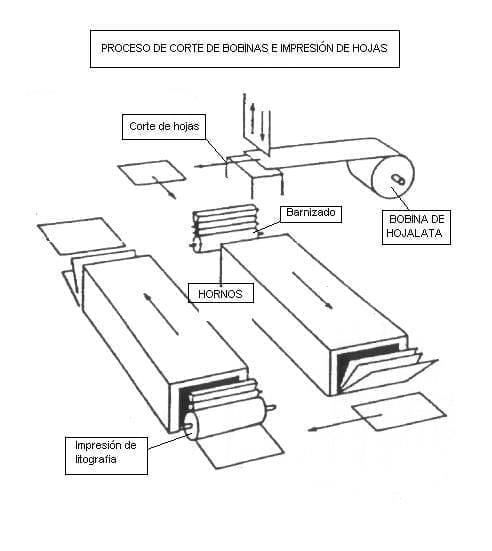
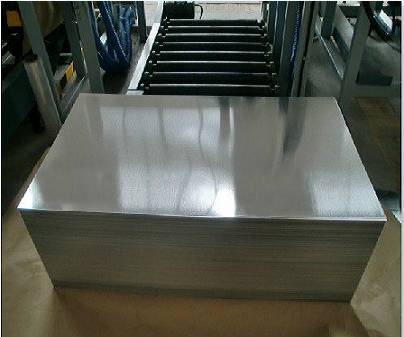

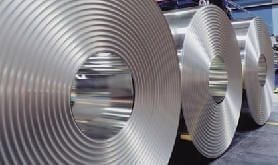
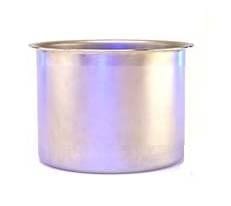
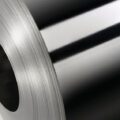
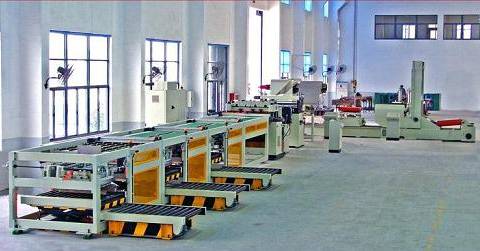
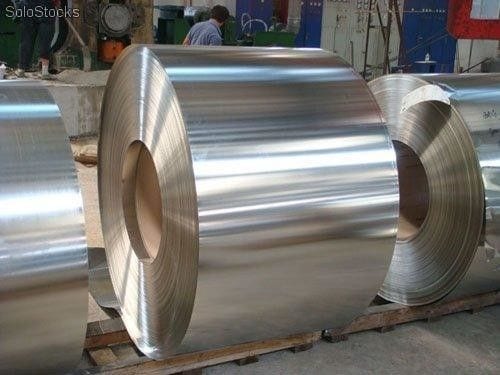
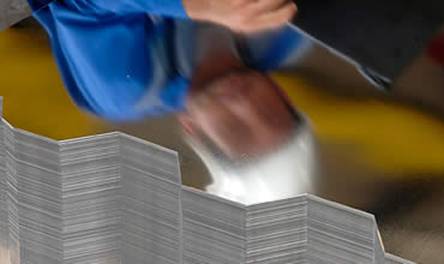
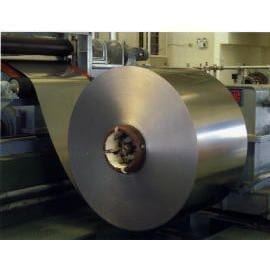



0 Comments